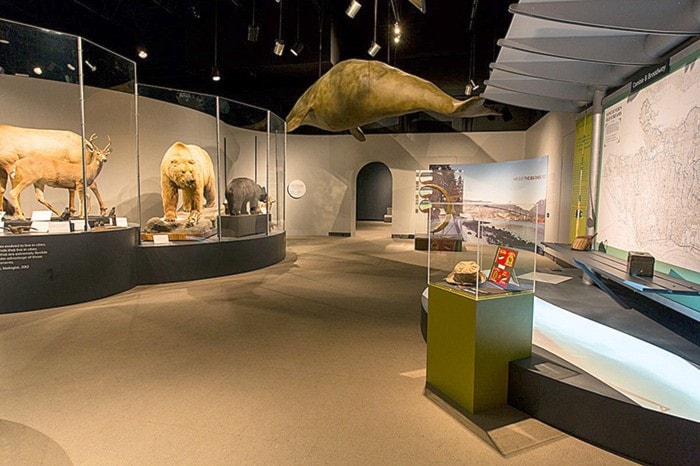One morning earlier this month, I could tell spring had arrived as soon as I awoke because the birds were singing.
Even though patches of snow remained and huge cedar branches lay fallen from a storm a week prior, the birds knew best.
The varied thrush was singing a drawn out, haunting whistle, the quintessential sound of West Coast forests. Each note lingered on the air for seconds, before being followed by another at a different pitch. Its call blended with the trill of a junco, the snowbird that flocks silently in winter, finding its voice as the days lengthen.
A chickadee joined in with a cheerful “fee-beee”, a territorial spring song, and a flicker called from the treetops.
The birds were feeling the vibe: springtime and nesting season, and for the thrush, time to move back to the mountains, back to the wild.
Rachel Carson wrote movingly of the dread prospect of a silent spring, the effect of pesticides on North America’s songbirds. What would the world be like without bird song, or without trees or animals or flowers? We learn daily of some new assault on nature: the loss of monarch butterflies that migrate from Canada to Mexico, shellfish dying in local waters, and insect-eating birds declining across the Americas.
Nature around us has changed. Sandhill cranes, nighthawks, ruffed grouse and band-tailed pigeons were all abundant in our grandparents’ lifetimes.
In the nineteenth century, elk, black bear, cougar and wolves flourished in local forests. Beavers worked the valleys, slowing rivers and creating quiet pools where frogs spawned.
Salmon filled the myriad streams. There were no coyotes or raccoons in earlier days, and gulls spent their days out among the islands, not at the local landfill.
Nature around us has changed enormously, and much has gone forever.
Is it possible to bring nature back, to re-wild the landscape? A growing movement believes we can. They point to the success of wolf restorations in Yellowstone Park, which caused a cascade of beneficial results to other species.
Whales are recovering after decades of hunting, trumpeter swans rebounded from near-extinction and the California condor is flying freely once more. Dedication and legislation are key, but we also need to restore memories of what “wild” means.
The Museum of Vancouver hopes to do just that with its new exhibit: Rewilding Vancouver: Remember, Reconnect, Rewild. Guest curator and writer J.B.MacKinnon’s book, The Once and Future World, was the inspiration for this thought-provoking show.
Anne Murray, the author of two nature books available in local book stores, writes monthly in the Peace Arch News – www.natureguidesbc.com
